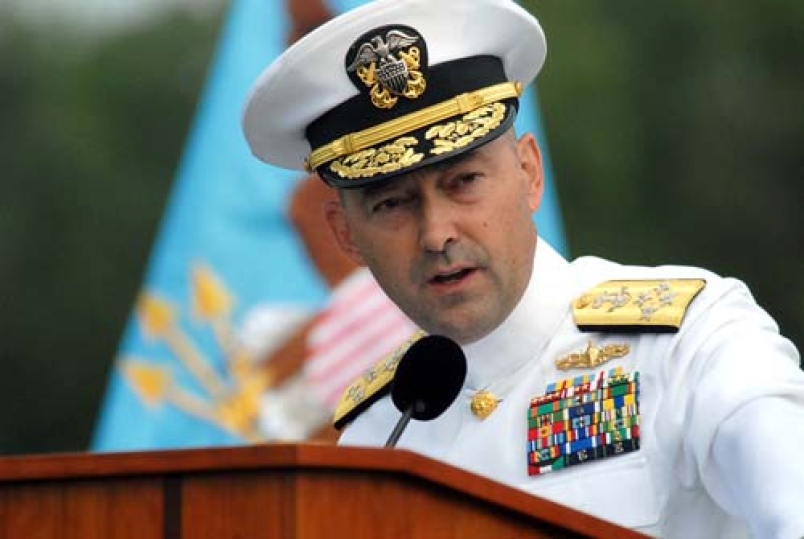
From James Stavridis, Allied Command Operations: As I look at NATO and U.S. European Command in 2013, I see three big agenda items.
First, we have to get Afghanistan right as we shift our mission from combat, to train, advise and assist. We’ve laid the right tracks for the change in early 2015. At the moment, we are working with all 28 NATO nations and with a number of potential partners to define the new mission post-2014.
I think that means:
– Improve and expand the NATO Cooperative Cyber Defence Centre of Excellence in Tallinn, Estonia (a nation that has suffered a cyber attack). Today 15 nations are part of the CCDCOE, and it should be many more.
Third, we need to keep defending NATO’s border with Syria. We’re off to a good start by protecting more than 3 million people who live near the NATO border with Syria from ballistic missile attacks. In my capacity as U.S. European Commander, I believe that the real threat is chemical weapons.
– Continually monitor the situation in depth and support the UN efforts to investigate recent claims of chemical weapons use.
– Ensure Turkey receives full protection from the NATO Alliance from external threats.
This week I will be traveling to Turkey to discuss Syria and ensure we are doing everything we should as an Alliance for them. I will also talk about the potential for warmer relations with Israel.
Next I will travel to Georgia (a strong U.S. and NATO partner in Afghanistan, where their 1,500 troops make them the largest non-NATO troop contributing nation of the 50 in the coalition).
Finally, in my capacity as U.S. European Commander, I will visit Israel to make sure that the U.S.-Israel military connection remains strong and vibrant given all the challenges in the neighbourhood. I’m confident it is in good shape, but I want to listen to our Israeli friends, and explore the possibility of a rapprochement with Turkey.
A busy week, but lots to discuss … we have to build bridges in this 21st century with partners, both for NATO and the U.S.
James Stavridis, Admiral, USN; Supreme Allied Commander, Europe; Commander, US European Command; "Stronger Together." (photo: Micahel Abrams/
Image: stars%20stripes%204%2011%2013%20Stavridis.jpg
